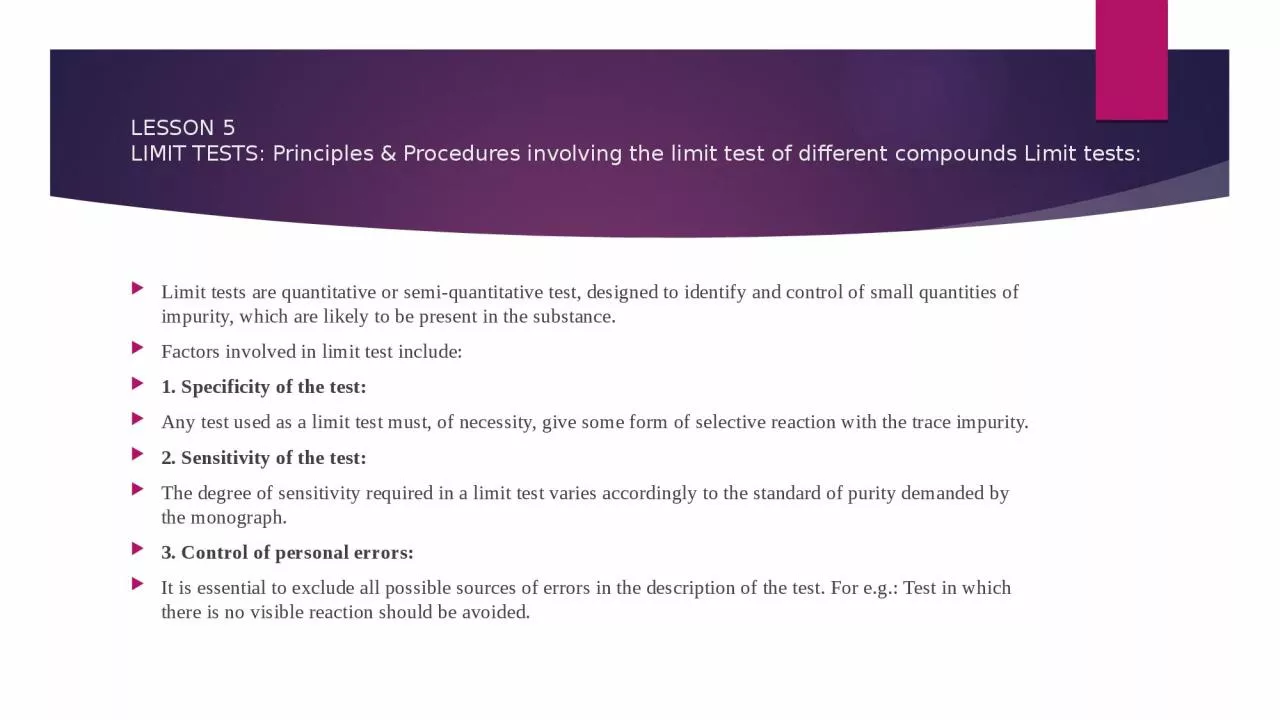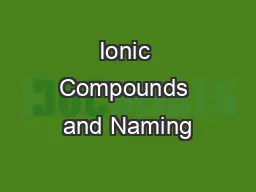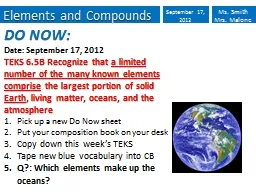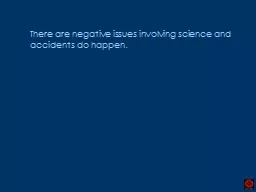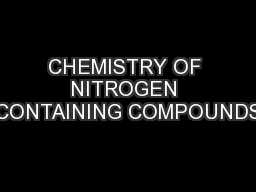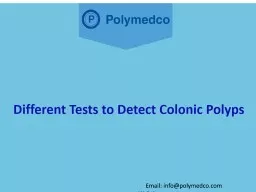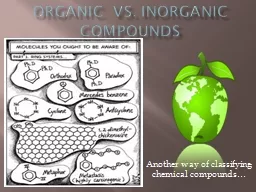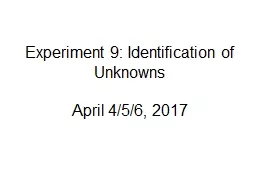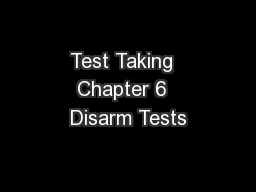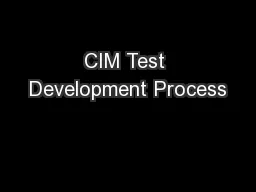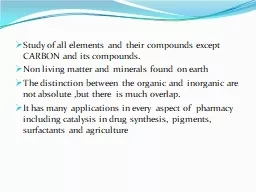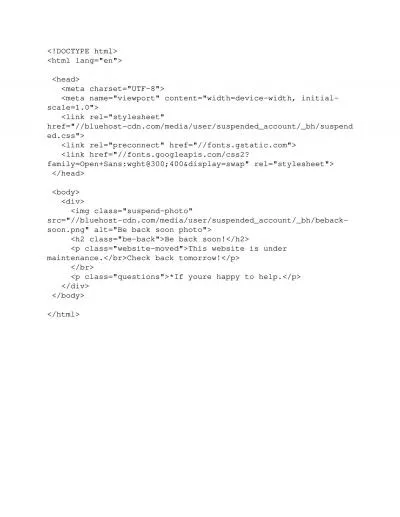PPT-LESSON 5 LIMIT TESTS: Principles & Procedures involving the limit test of different
Author : helene | Published Date : 2024-01-03
Limit tests are quantitative or semiquantitative test designed to identify and control of small quantities of impurity which are likely to be present in the substance
Presentation Embed Code
Download Presentation
Download Presentation The PPT/PDF document "LESSON 5 LIMIT TESTS: Principles & P..." is the property of its rightful owner. Permission is granted to download and print the materials on this website for personal, non-commercial use only, and to display it on your personal computer provided you do not modify the materials and that you retain all copyright notices contained in the materials. By downloading content from our website, you accept the terms of this agreement.
LESSON 5 LIMIT TESTS: Principles & Procedures involving the limit test of different: Transcript
Download Rules Of Document
"LESSON 5 LIMIT TESTS: Principles & Procedures involving the limit test of different"The content belongs to its owner. You may download and print it for personal use, without modification, and keep all copyright notices. By downloading, you agree to these terms.
Related Documents

